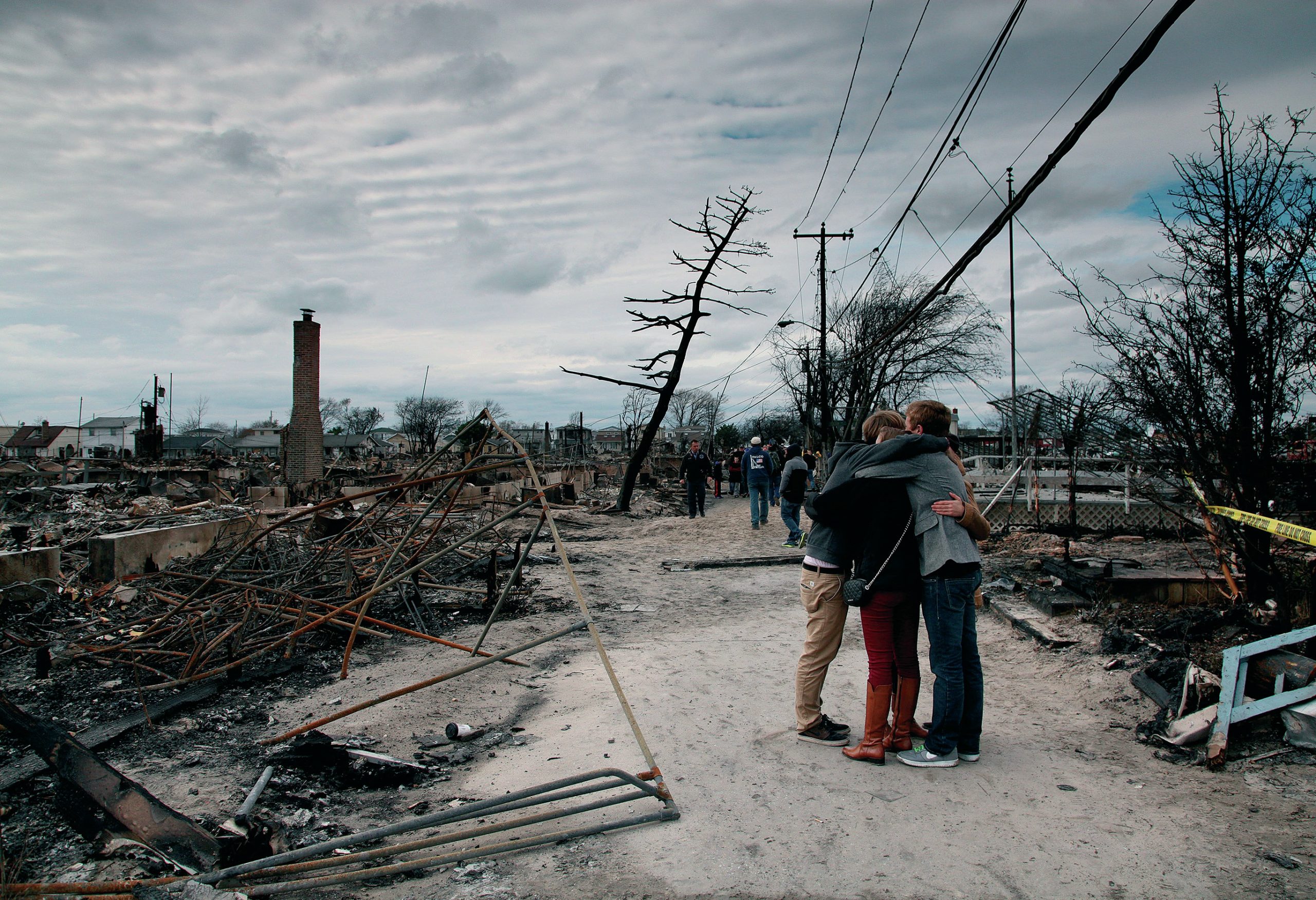
In late October 2012 a hurricane, known to the popular media as Superstorm Sandy, swept through the Caribbean Sea and up the east coast of the USA. The storm developed in the Caribbean on 19 October and was upgraded to ‘tropical storm’ status 6 hours later, when its sustained winds reached 63km/h. When it reaches this level such a storm is given a name — in this case ‘Tropical Storm Sandy’. By 24 October, when its sustained winds had reached 119km/h, it kept its name but was upgraded again to ‘hurricane’ status. In other parts of the world similar tropical storms are known as cyclones or typhoons.
Each year an alphabetical list is used, alternating between boys’ names and girls’ names, to identify tropical storms and hurricanes. Go to www.geology.com/hurricanes and you can see the list of names that will be used up to 2017.
Your organisation does not have access to this article.
Sign up today to give your students the edge they need to achieve their best grades with subject expertise
Subscribe




